How to grow watercress in the country, caring for a plant in the open field
Spicy herbs add a pleasant variety to the usual diet and provide the body with vitamins and minerals. Dill and parsley have firmly merged into the country landscape, but connoisseurs of fresh herbs increasingly began to grow watercress next to them. This southern culture, naturally found in northeast Africa and Asia, quickly adapted to colder climates and spread throughout the world. People appreciated the useful properties of the plant in ancient times, although they gave it a not very euphonious name - the bug. It is also known as watercress or garden cress, kotem, tertizak.
Site preparation
The place for growing this salad is prepared in advance. In the fall, the soil on the site where it is planned to plant the crop is deeply dug up, freed from weeds, and humus (5 kg), superphosphate (20 g), calcium chloride (15 g) (per 1 m² of soil surface) are added to it.
With the arrival of spring, the site is loosened. If the ground is dense and heavy, dig again. Before sowing, the soil should be enriched with mineral fertilizers (ammonium sulfate) and well-rotted compost.
The scorching sun harms the delicate leaves of the bug. Its cultivation will be successful if the beds are placed in diffused shade. There is another option - to choose a place on which the sun's rays fall only in the morning or late afternoon. If there is no other way out, the bug can also be planted on a site illuminated throughout the day. But then on a hot afternoon he will need artificial shading.
Watercress is surprisingly unpretentious. It can produce crops even on sand, and at home, many people practice growing it on felt. A soil with a neutral or slightly acidic reaction suits him best. The bug plant feels good in the open field in areas freed after the following crops:
- beets;
- potatoes;
- onions.
But his close relatives - plants from the cabbage family - will be bad predecessors for culture.
Sowing rules
They sow the seeds of the bug plant directly into the ground. Autumn and spring planting is possible. In the first case, sowing is carried out in October, when frosts are already close. Otherwise, it will quickly rise, and the tender sprouts will die. In the second, from mid-April to mid-May. The exact dates depend on the characteristics of the local climate.
You can plant seeds if 2 conditions are met:
- the soil has thawed 4 cm deep;
- average daily air temperature is + 6- + 8 ° C
So that the cultivation of the bug plant does not bring trouble, the seeds are sown in rows or in a ribbon method. If the area is small, the plant can be cultivated as an intermediate or compact crop. The same is done when planting it in greenhouses. Watercress can form a solid carpet, but this green area will be more difficult to maintain. Adjacent rows are made at a distance of 10-20 cm. When sowing seeds, it must be borne in mind that adult plants will need a place for development. Leave at least 10 cm of free space between them. If the bug is crowded, the leaves on it will be small. Planting tightly will make plants vulnerable to disease and pests.
Advice
It is not necessary to sow seeds at a considerable distance, you can spread them out in a thicker manner. When shoots appear, they just need to be thinned out.
When sowing in spring, the seeds of the bug are placed at a depth of 0.5-1.0 cm. Before winter, planting is needed more thorough. Furrows are made deeper (about 1.5 cm). After sowing, the seeds are covered with a thin (0.5 cm) layer of soil. The earth is slightly compacted. Seedlings hatch in the open field quickly - in 3-4 days.You do not need to cover the beds. Cold is not terrible for this salad: it can easily withstand temperatures as low as -5 ° C.
The crop is cut after about 2 weeks, when the seedling height is 9-11 cm. Due to the rapid growth, the cultivation of the bug can be carried out non-stop, sowing seeds at intervals of 10-14 days and constantly receiving fresh greens. The watercress does not like heat, reacting to it with arrowing and a deterioration in the taste of the leaves. The most comfortable temperature for him is in the range of 15-18 ° C. Therefore, it is not recommended to plant seeds in open ground in July. It is better to postpone the procedure until the second half of August. You can cultivate crops in the country all autumn until the very frosts.
Features of agricultural technology
Cultivation of the bug plant can leave without a crop only if agricultural technology is violated or when poor quality seeds are used. This culture is so unpretentious that it needs minimal care, which consists of the following activities:
- glaze;
- dressing;
- weed removal;
- loosening.
Watercress leaves will only be tender and juicy when they are moisturized abundantly and regularly. If watering is insufficient, they will coarsen, and the plant will release an arrow. Severe drying out of the soil can lead to damage to the green plantation by pests and even to its death. In cloudy and rainy weather, plantings are moistened 2 times a week. If the days are dry and hot, water the bug daily. But it's important not to overdo it with hydration. Excess water damages the plant even more than its lack. It will make the stalks of the bug brittle and can provoke their decay. Therefore, in a very rainy summer, it is better to completely abandon watering.
Due to the rapid ripening of the crop, it is not recommended to additionally feed the plantings. Otherwise, nitrates will accumulate in the leaves. It is better to add all the organic and mineral compounds necessary for the bugs into the soil even before sowing. Root feeding is carried out only if the soil has not been enriched before planting. Use highly diluted drugs for them in a minimum dosage.
In the open field, the bug is in dire need of loosening and timely weeding. Weeds are bad neighbors for its fragile seedlings. They can clog plantings, depriving them of light and nutrients. The roots of the watercress are tender and weak. They need an oxygen supply, which will be provided by regular loosening.
There are a lot of bugs varieties. There are varieties with emerald-purple, white, crimson and black, simple or heavily cut openwork leaves. But experienced gardeners are more likely to cultivate an ordinary green bug. He brings the harvest faster. Once you have planted the plant once, you no longer need to worry about buying seeds. Nature has endowed him with the ability to easily reproduce by self-seeding. To get a supply of seeds, it is enough to leave only 5 bug bushes in the garden for full maturation.
Watercress is an unusual culture, the leaves of which have an interesting spicy flavor. It is bitter-sharp and resembles horseradish or radish. Such greens will favorably set off the taste of sandwiches, soups and main courses. It can be added to salads, sauces, omelets. It goes well with cheeses and meats.
The bug is not capricious, it can grow almost everywhere, it does not require much attention to itself. But the top of the list of the plant's advantages is its usefulness. The use of watercress leaves improves sleep and digestion, they will help people with high blood pressure, with respiratory diseases. If you wish, you can get fresh greens all year round: in winter and autumn - on the windowsill, and when it gets warmer - on the balcony or summer cottage. Pay attention to this salad and you will be surprised how you could manage without its delicious taste before.
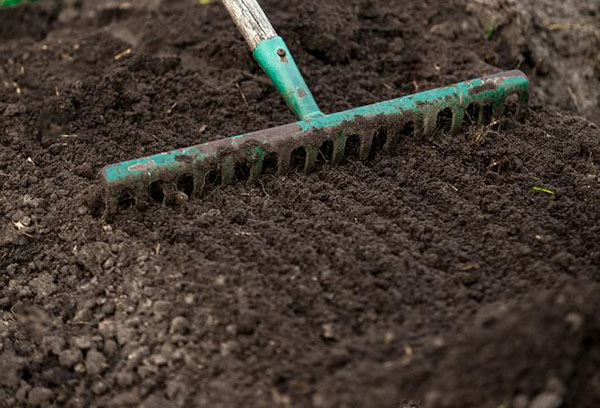
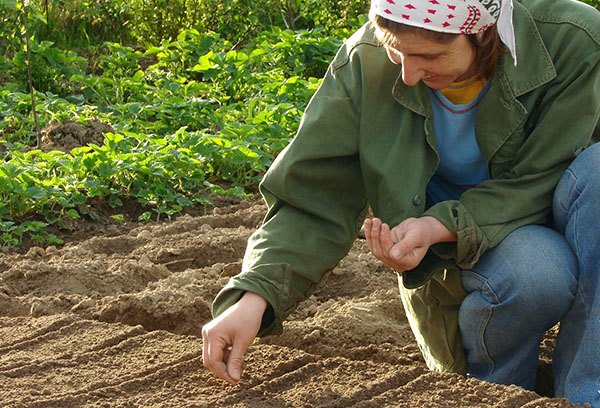
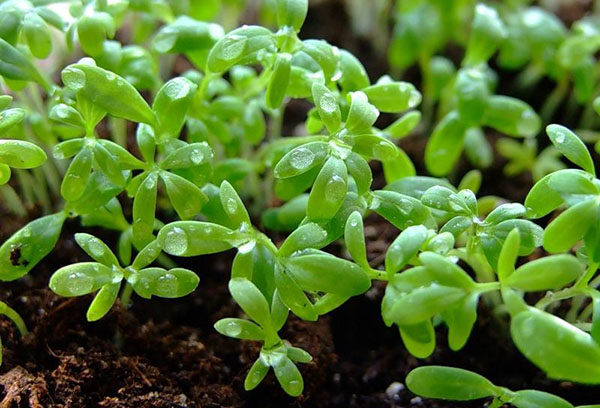
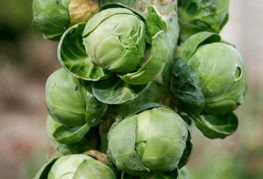
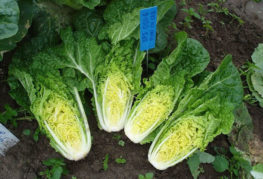
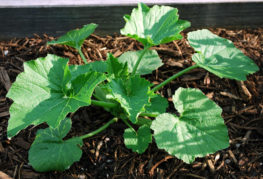
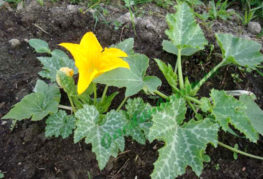

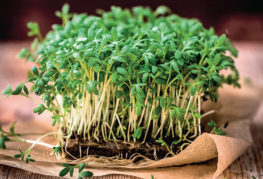
and will be published shortly.